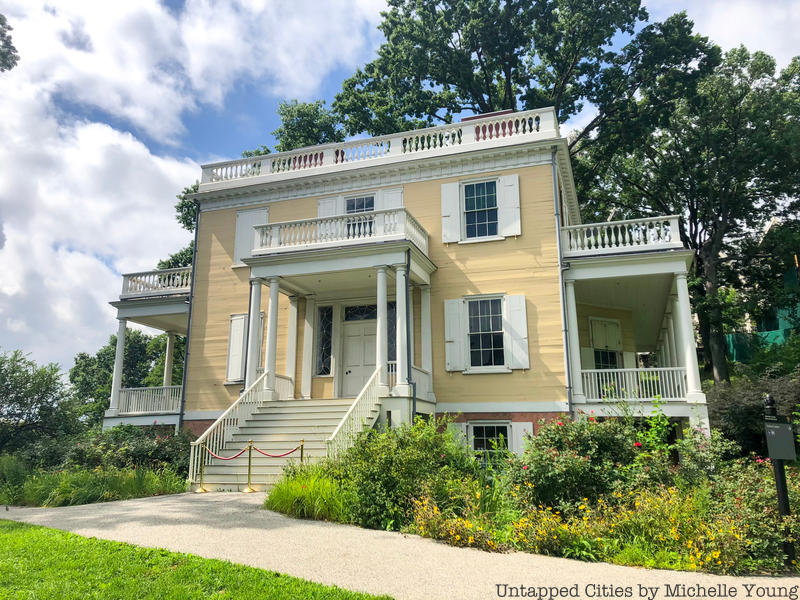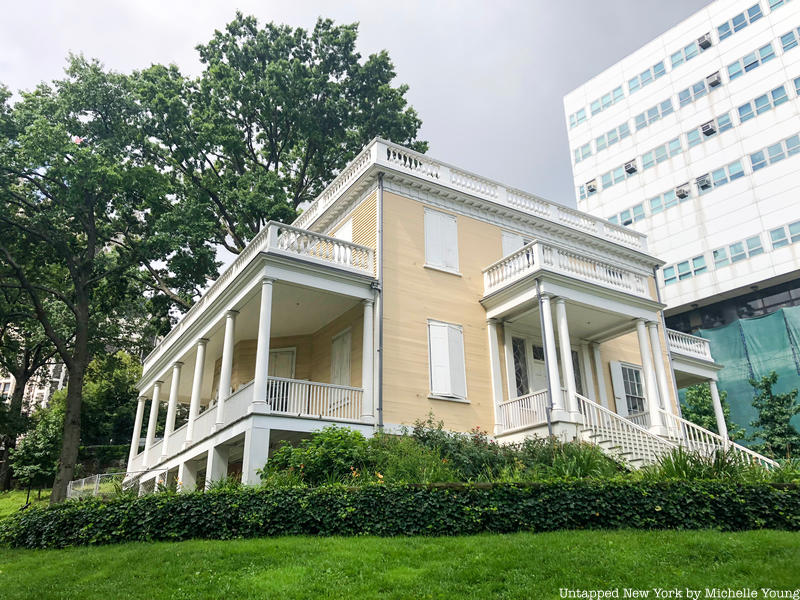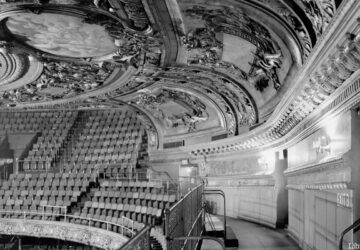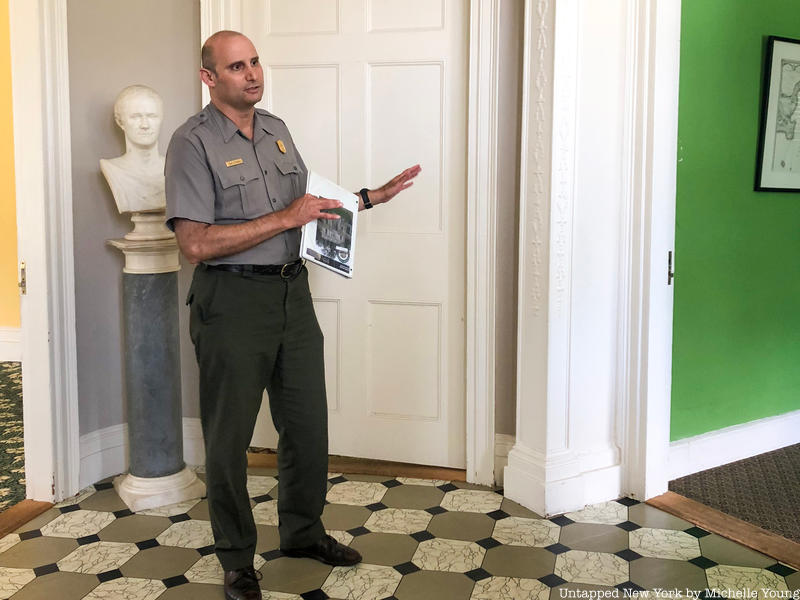
Since “Hamilton,” the hit musical following the peaks and valleys of Alexander Hamilton’s life, graced Broadway in August 2015, Alexander Hamilton, born in 1755, found a revival in pop culture. Few, however, know the secrets of the house some believe to be the only home Hamilton owned: Hamilton Grange.
Since Alexander Hamilton and his wife often spent time apart from each other, they sent letters to each other to stay in touch. According to the Museum of the City of New York, Hamilton wrote to Elizabeth about his “sweet project.” Once reunited, he revealed his plans for this country home, built in 1802 in Hamilton Heights by John McComb Junior. Now considered a National Memorial, the lower level of the home contains a theater, visitor center, and exhibit space that are open to the public for free. On February 10th, join Untapped New York Insiders for a tour of the home’s historical rooms on the first floor, an area only accessible on a ranger-led tour!
This tour is free for Untapped New York Insiders. Not a member yet? Get your first month of Insider membership for free when you sign up using the code JOINUS. Registration for tickets to this tour opens on January 26th at 12PM ET. Read on for a sneak peek of what you’ll see inside the home!
1. Hamilton Grange has moved twice

Originally built on 32 acres of land in upper Manhattan, Hamilton Grange has since moved in response to the growth of New York City (something not too uncommon here!). Initially located at what is currently 143rd Street until 1889, Hamilton Grange was moved a half block east and two blocks south. It was here that the house survived until 2008 when National Memorial officials moved the home to St. Nicholas Park, a location within the 32 acres of land on which Hamilton Grange was originally located.
During the first relocation, the original porches and staircase were removed and the front entrance was boarded up. However, the house was restored to its original condition when it moved to its current location. During this second relocation, it was lifted ten feet in the air and moved down the street. Although the home is oriented so it can have a better view from the street, it appears nearly as it did when it was built in 1802.






